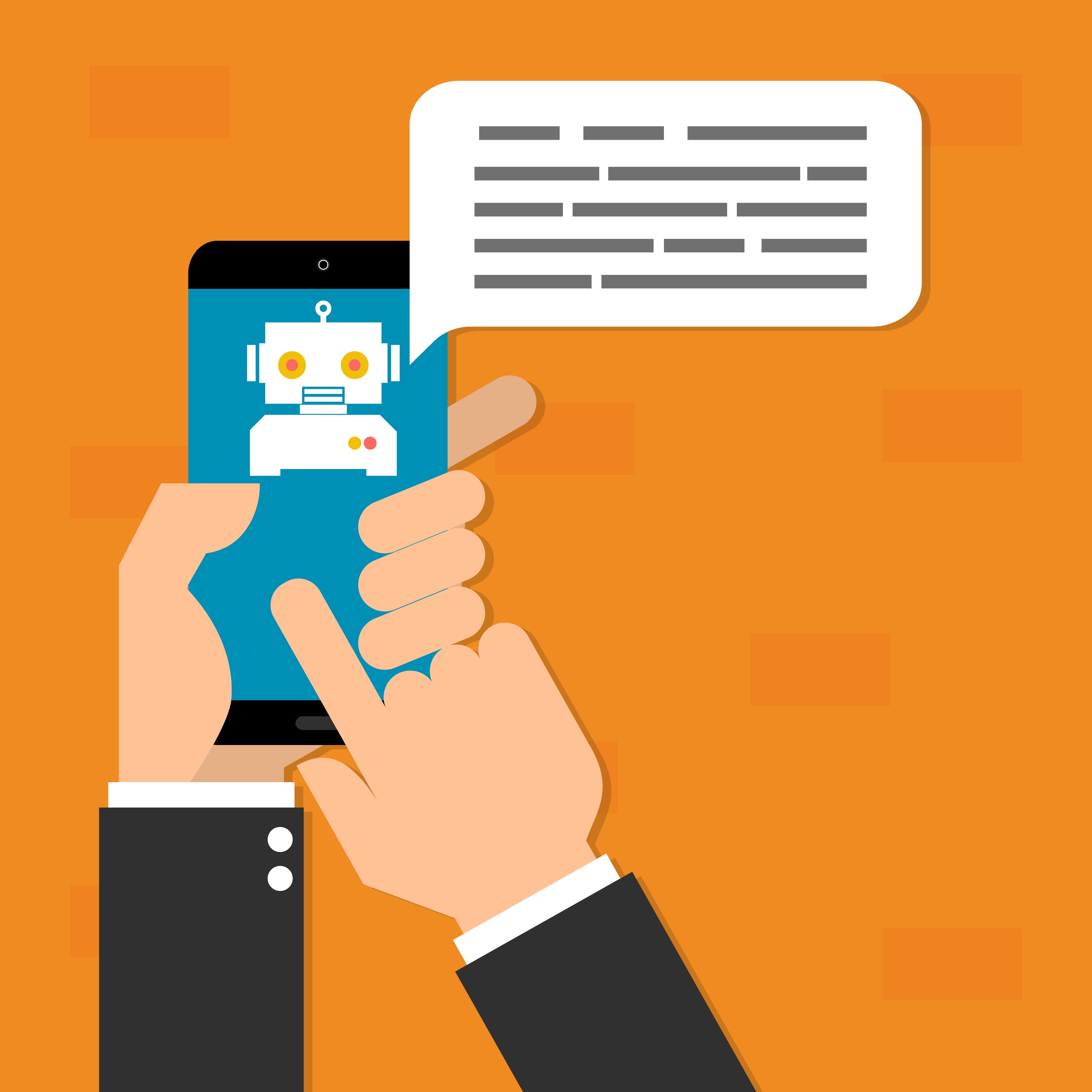Banner artwork by Cagkan Sayin / Shutterstock.com
Who do you speak with first as your workday begins? Your answer may soon change, thanks to the AI “chat” revolution.
The role of AI is set to expand in legal practice. More flexible APIs already support increased AI integrations among a company’s technology tools. And personalized AI systems can learn to adapt to each lawyer's unique requirements and specialized needs.
As a result, more of our daily routine work will begin with proactive conversations with AI systems such as chatbots, voice assistants, or generative AI tools like OpenAI’s ChatGPT. Fruitful collaborations require strategic communication skills as humans and machines work together to solve problems. Here’s what you need to know about conversing with AI now and in the future:
Chat prompts are just one form of communication.
Prompt engineering is all about communicating with AI in ways that accomplish your goals with ease. Upon hearing the phrase “prompt engineering,” we often initially think of submitting requests to Large Language Models (LLMs) such as OpenAI’s ChatGPT. And that is one of the main purposes for prompt engineering.
But a broader view reveals more ways we actively communicate and collaborate with AI. For any AI model to provide useful results we actually want, we must:
- Incorporate it into the appropriate processes and workflows.
- Provide high-quality data for algorithms to learn from.
- Use precise language to guide AI’s decision-making processes.
- Pose pertinent questions to AI that give it clarity and context.
- Give AI useful feedback to help ot learn to provide more relevant, accurate, and precise results.
Our engagement with AI goes far beyond prompting it with an initial question. We engage in an ongoing collaboration with AI to shape its decisions and teach it how to provide high-quality, reliable, and appropriate results.
What legal tasks can AI perform?
We must know its capabilities before determining how to communicate with AI’s various models. Legal professionals already use AI to accomplish a wide range of tasks, from streamlining research, analyzing documents, or drafting contracts.
Initially, AI-driven ediscovery tools facilitated document review in large-scale litigation cases. Legal professionals continue to use AI for document review tasks such as sentiment analysis, text classification, and entity name recognition. Over time, machine learning advances have led to more sophisticated applications such as AI-powered document drafting tools, contract analytics, and case prediction models.

Artwork by Nicesence / Shutterstock.com
Though we’ve already incorporated AI into many legal operations, the degree and scope of legal practitioners' partnerships with AI are still in their infancy. The potential is nearly limitless if we keep our minds open and take the time to understand and improve our collaborations with AI-powered tools.
Exercising common sense is also important. Lawyers must supervise the use of AI in organizations and verify the accuracy and credibility of any AI-generated work product before relying on it for legal decisions or following its advice. Ultimately, the license to practice law and the responsibility for legal work product belong to lawyers, not AI.
What are your goals for AI collaborations?
Sometimes, effective prompt engineering ensures AI answers your questions accurately. You may need to create a prompt that shows AI the specific clauses or provisions it should extract as it analyzes contracts. This prompt guides a Natural Language Processing (NLP) model's data analysis, helping it recognize the most relevant information.
Lawyers must supervise the use of AI in their organizations and verify the accuracy and credibility of any AI-generated work before relying on it for legal decisions or following its advice.
With generative AI models such as LLM chat tools, effective prompt engineering generates contextually appropriate text responses. You might craft a prompt asking an LLM to create a summary of a long article or to answer questions about a topic. Your prompts serve as conversational starting points with AI, and getting them right helps AI deliver relevant responses that meet specified requirements.
Can we learn to speak the language of AI?
You can use various tools and techniques to influence the outcomes of AI models, which perform differently based on how they are trained, what data they can access, and the prompts they are given. Then, there are several ways to create effective prompts, depending on your goals, the task at hand, and the AI model you work with.
Prompts made of guesswork return more guesswork. Experiment providing specificity, context, and nuance to guide AI to the most appropriate responses.
But in every instance, thoughtfully crafted prompts elicit more accurate and relevant responses. Prompts made of guesswork return more guesswork. Experiment providing specificity, context, and nuance to guide AI to the most appropriate responses. Jump in and explore new conversations to build confidence in AI technology and see how it can augment your workflows.
Will AI get better at speaking our language?
Some thought leaders predict that refining the art of prompt engineering will emerge as the next highly sought-after career of the future. Others argue that the need to craft prompts will quickly fade as AI systems learn to discern our intentions and grow self-sufficient in creating their own prompts.
Only time will reveal how the debate unfolds. Whichever prediction becomes a reality, it doesn’t change the fact that we all will speak with AI more and more as it permeates our lives. AI may grow smarter, but it still needs human insight to refine its learning and advance its skills, making strategic communications with AI an essential skill wherever you go.




